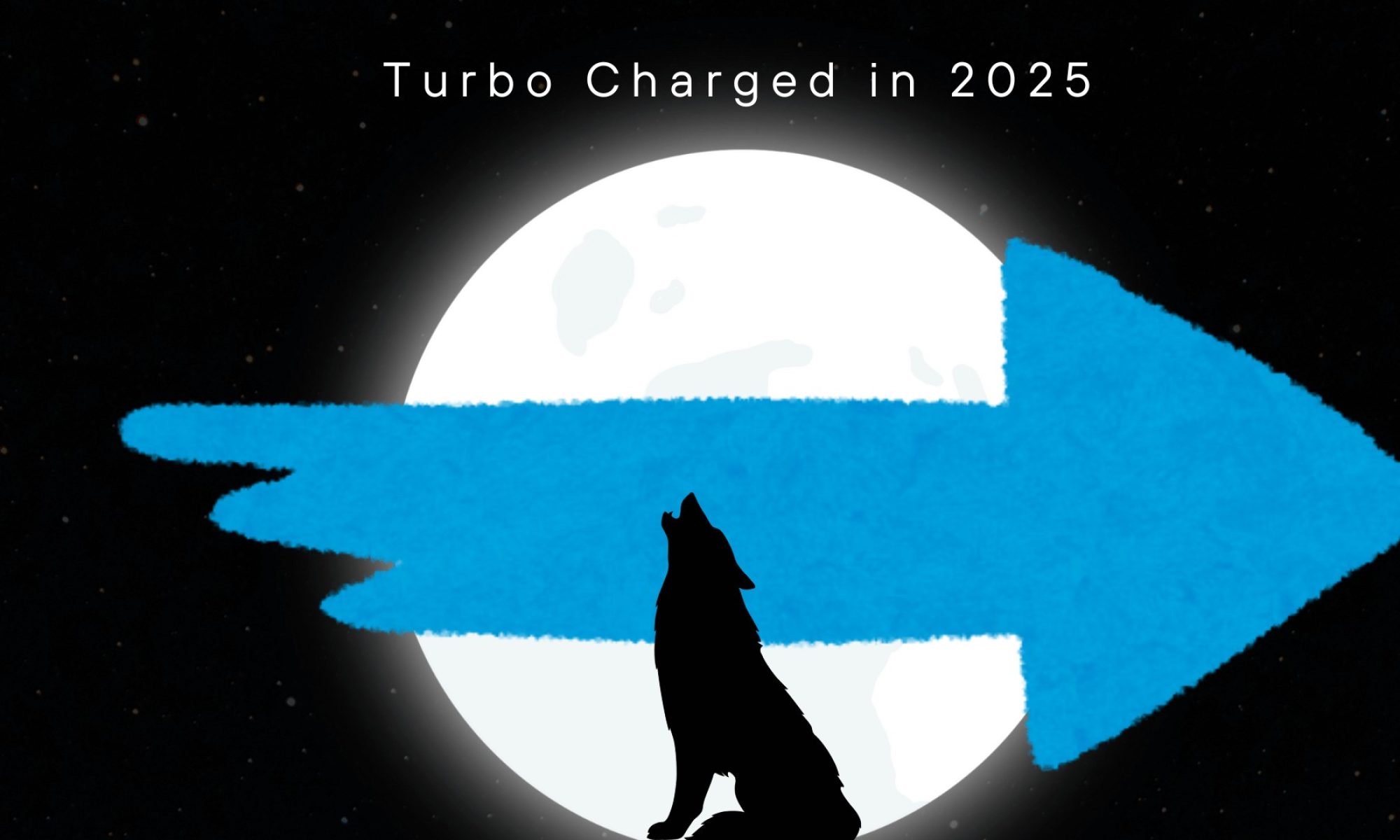Introduction
Niche YouTube channels focus their content around a specific topic or theme, attracting a targeted audience interested in that niche. Unlike broad channels, niche channels dive deep into a particular subject rather than trying to appeal to a general audience. Popular niches on YouTube include gaming, comedy, education, how-to tutorials, technology, animation, and more. The benefit of choosing a niche is that it allows you to directly reach an audience looking for content on that specific subject. This leads to higher engagement, conversion rates, and monetization potential.
There are several ways to monetize a niche YouTube channel once you build an engaged subscriber base. These include: – YouTube AdSense revenue from video ads placed by Google. Niches focused on tech, finances, or business can achieve high RPMs. – Affiliate marketing by promoting relevant products and services. Recommendations feel natural in a niche channel. – Selling merchandise like t-shirts, mugs, and other branded products. – Crowdfunding via platforms like Patreon where fans support creators monthly. – Sponsored videos, brand deals, and product reviews relevant to the niche.
Selecting the right niche and consistently producing high-quality, focused content tailored to your target audience is key to building a profitable YouTube channel.
Most Popular YouTube Niches
Some of the most popular and profitable niches on YouTube currently include:
Gaming
Gaming remains one of the most viewed categories on YouTube, with over 500 million monthly active users (https://vidiq.com/blog/post/best-youtube-niches/). This genre includes gameplay videos, walkthroughs, eSports, live streaming, and more. Top channels like PewDiePie, Markiplier, and Jacksepticeye show the earning potential in gaming.
Beauty & Fashion
Beauty and style channels generate over 178 billion views per year (https://smallbiztrends.com/2023/11/youtube-niches.html). Viewers come to YouTube to discover the latest trends, product reviews, makeup tutorials, and fashion inspiration from popular creators.
Comedy/Entertainment
Funny, entertaining videos thrive on YouTube. Channels like Dude Perfect, Smosh, and Lilly Singh provide sketch comedy, pranks, parodies, and daily vlogs. This lighthearted content appeals to YouTube’s broad audience.
How-To & DIY
Instructional DIY, cooking, and educational content has carved out a major niche on YouTube. Channels like Tasty, Howcast, and Bob Vila offer engaging how-to content that provides value to viewers.
Education
YouTube educators like Khan Academy, CrashCourse, and edutainers like ASAPScience, SciShow, and Vsauce make learning accessible. This niche includes tutorials, lectures, animation videos, and more informative content.
Growing a Niche Channel
Once you’ve identified a profitable niche, the next step is growing your channel and audience within that niche. Here are some of the most effective strategies:
Optimize SEO – Research keywords and optimize your titles, descriptions and tags to help get your videos ranked high in search results. Tools like TubeBuddy can help with keyword research and SEO optimization.
Engage with audience – Respond to comments, ask questions, and encourage discussion. The more you interact, the more likely viewers will be to stay engaged with your channel long-term.
Collaborate with others – Connect with influencers and other creators in your niche to collaborate on videos or cross-promote. This can introduce your channel to new audiences.
Promote outside YouTube – Share your videos on social media, forums, Reddit, and websites related to your niche. This expands your reach beyond just YouTube search and suggested videos.
Monetization Tips
Once you’ve built up your niche YouTube channel, you’ll want to start monetizing it to earn income. Here are some of the top ways to monetize a YouTube channel:
Get AdSense approved:
The YouTube Partner Program allows you to make money from ads running on your videos through Google AdSense. You’ll need 1,000 subscribers and 4,000 watch hours in the past 12 months to qualify. See YouTube’s monetization policies for details.
Sell merchandise:
Create and sell custom t-shirts, mugs, stickers and other products featuring your brand and channel art. This allows fans to financially support you.
Use affiliate links:
Include affiliate links to relevant products in your video descriptions. You earn a commission when viewers click and make a purchase.
Crowdfunding campaigns:
Platforms like Patreon allow viewers to donate to support your channel on a recurring basis. In return, you give patrons exclusive content.
Income Expectations
The income potential on YouTube varies greatly depending on factors like your niche, views, CPM rates, subscribers, and audience retention. According to Viralyft, the average YouTuber makes around $60,000 per year, but top creators can make much more in lucrative niches (source).
Some of the most profitable niches on YouTube include:
- Make Money Online – Estimated earnings of $13.52 per 1,000 views
- Social Media Marketing – Estimated earnings of $12.41 per 1,000 views
- Finance & Investing – Estimated earnings of $12.25 per 1,000 views
- Educational Videos – Estimated earnings of $9.89 per 1,000 views
However, keep in mind that these are averages across channels in each niche. Your specific earnings potential depends on factors like audience retention, video length, AdSense approval, and more. The key is setting realistic income goals based on comparable channels and optimizing your content over time based on comparable channels and optimizing your content over time.
With dedication and consistency, top YouTubers can earn six figures or more annually. But be realistic when starting out – income growth takes time and optimization. Focus on creating high-quality content, building your audience, and diversifying revenue streams for long-term success.
Getting Started
Picking the right niche is crucial when starting a YouTube channel. Consider your interests, skills, and experience when selecting a niche. Research potential niches to ensure there is demand while avoiding oversaturated areas.
Next, set up your channel branding and acquire any needed equipment. Come up with a memorable channel name, design a logo and banner, and optimize your description. Obtain essential gear like a camera, microphone, and lighting.
Finally, develop a content strategy and schedule. Determine what types of videos you will produce, when you will release them, and how frequently. Strive for consistency by committing to an upload schedule.
Useful resources: https://jennarainey.com/checklist-and-tips-for-starting-a-youtube-channel/ https://www.whitesharkmedia.com/blog/video-marketing/youtube-channel-checklist/
Let me know if you would like me to modify or expand this section in any way.
Optimizing Your Channel
Optimizing your YouTube channel is crucial for improving discoverability and viewership of your videos. Some best practices include:
According to Hubspot, you should design an effective homepage that gives viewers an overview of your channel and encourages them to subscribe right away. The homepage should prominently feature your channel icon, title and description. Include your best content in a featured video playlist.
Use playlists to organize and group related content into sections. This allows you to highlight different topics and types of videos you produce. Playlists also improve watch time as viewers often continue watching more videos in the playlist (SEJ).
Enable end screens and cards to promote other videos and encourage viewers to subscribe. End screens display during the last 20 seconds of a video while cards can pop up at any time. Use relevant videos to retain viewers and grow your channel.
Promoting Your Content
Promoting your YouTube videos is crucial for gaining more views and subscribers. There are several effective tactics you can use:
Share your videos on social media platforms like Facebook, Twitter, Instagram, etc. Post your videos natively or embed them in posts to maximize reach. Engage with comments and post additional content to encourage social sharing. According to HubSpot, social can drive 10-15% of YouTube views.
Collaborate with influencers in your niche by having them share or react to your videos. This exposes you to their follower base. Make sure to choose influencers who align with your brand and have an engaged, relevant audience. According to Sprout Social, influencer marketing on YouTube generates 11x more views than branded videos.
Run contests and giveaways that encourage viewers to like, share or comment on your videos for a chance to win a prize. This can help quickly boost engagement and visibility. Require participants to subscribe for entry.
Key Takeaways
Choosing the right profitable niche and optimizing your YouTube channel the right way is critical to long-term success and monetization on the platform. Here are the key takeaways:
Focus on evergreen, high-RPM niches like gaming, comedy, education, DIY, and finance. Do thorough keyword research to identify low-competition, high-demand topics within your chosen niche.
Produce high-quality, useful content consistently. Optimize your titles, descriptions, tags, and other metadata for maximum discoverability. Engage with your audience in comments. Enable and customize monetization features like AdSense, memberships, merchandise and affiliate partnerships. Use external promotion and collaborations to expand your reach.
With hard work and persistence, you can realistically expect an average income of $3-5 per 1,000 views as your channel grows. Top creators in popular niches can earn much more over time.
The next step is to choose your niche, set up your channel, and start creating content. Learn as you go, and focus on providing value to viewers above all else. With grit and strategic optimization, you can turn your passion into a thriving business on YouTube.


